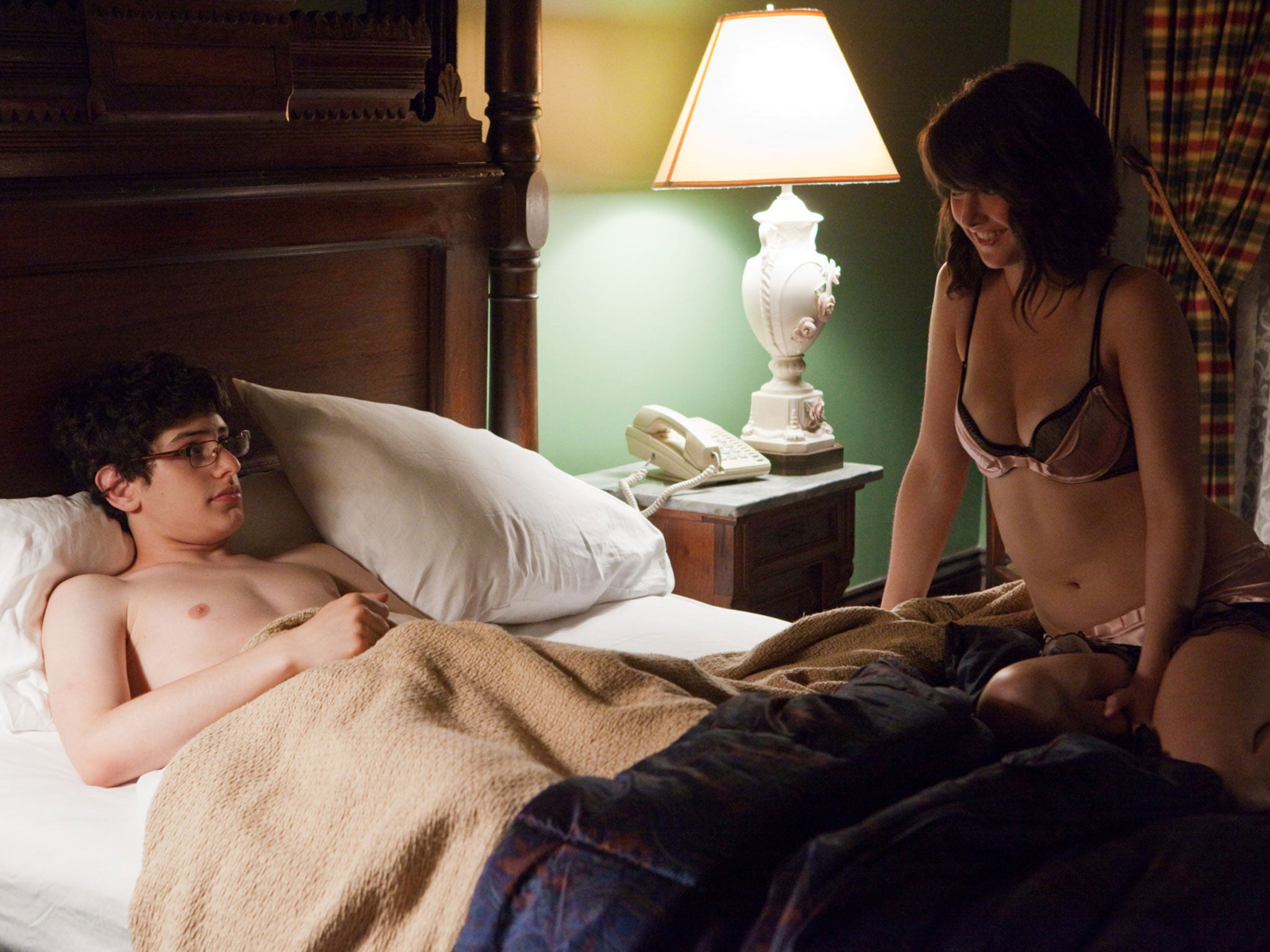How to be a man: The dangers of being too cool for school

First there Caitlin Moran conquered with How to be a Woman and now Lena Dunham has pitched in with her own guide, Not That Kind of Girl: A young woman tells you what she's 'learned'. Where, you might well ask, are the role-models and advice givers for young men?
Step forward one David Cain, who last week wrote a blog post on a site called Raptitude titled, simply, "Dear Young Men". Among Cain's words of wisdom came the following insights: "Ignore what everyone says about their sex lives. They are lying, all of them, at least a little" and "Forget the word 'virgin' … It oversells a person's first sex act as some grand, transformational experience, which supposedly vindicates a young man and spoils a young woman. It's an obsolete, religious, judgemental word. Let's leave it behind." Cain can be funny, too: "Don't worry about being cool. Successfully achieving coolness in high school is like being knighted by Ronald McDonald."
"I'm a 34-year old Canadian blogger," Cain tells me. "Broadly, I write about being a human being and learning to get better at it. I'd been meaning to write about the pressure to be a man for a long time. My desk faces a window, and so I see all kinds of people walk by. When a group of boys walk by it reminds me of what it was like to be in high school, always posturing and trying to control impressions, when probably all of us felt like there was something wrong with us. It made me wish I could pull these kids aside and tell them that they don't have to play the game if it doesn't feel right to them."
Job done.
Fancy pants
In the tail-wagging-the-dog news story of the week, it seems that manufacturers of trousers and jeans for women are currently holding urgent talks to reconsider the size of their pockets to accommodate Apple's iPhone 6 and the Samsung Galaxy.
It started in Japan where someone from Uniqlo told a reporter that the company is "having conversations regarding how our clothes can provide compatibility from a user perspective. Jean pockets is one of those conversations."
Hot on the heels of that bombshell, came the news that Levi's, Lee, J Crew and others are holding similarly urgent discussions. Interesting and probably much needed (from what friends tell me), but doesn't all this strike you as the very definition of a first-world problem?
The slumber cruncher
Ever woken up in the middle of the night and found it difficult to get back to sleep? According to Roger Ekirch, that's because we're doing it wrong and we should all take a leaf out of our ancestors' book.
Ekirch, professor of history at Virginia Tech, was researching his book At Day's Close: Night in Times Past, when he discovered that people didn't use to sleep in one go, but would break the night up into two four-hour chunks with three or so hours of being awake in between.
And what did they do in this time after, what Chaucer called "firste sleep"? One theory holds they had to get up to tend the fire, while others contend that they smoked, talked, thought about their dreams or even visited neighbours.
Ekirch further believes that many of our modern-day sleeping problems have their roots in our bodies' natural preference for "bi-modal sleeping". References to "sleep maintenance insomnia", he points out – where people wake up in the middle of the night and struggle to get back to sleep – first appeared at the end of the 19th century, roughly the same time as segmented sleep began to fall out of fashion. And there I was blaming the technology and the toddlers.
Poetic justice
Last Thursday was National Poetry Day and, in case you missed it, that was all the reason people needed to retweet what is surely The Greatest Haiku Ever Written. It first appeared a year or two ago purporting to be from a 10-year-old in the United States, but of all the people who tweeted it last week, none could verify its authenticity.
Thank heaven then for social media. An hour or so of trying to trace the origin of The Greatest Haiku Ever Written, uncovered a Facebook post from 27 May 2012, from Eric K Carr, a teacher in Arizona. "From one of my 4th graders at Tolson Elementary," he wrote. "Yes, folks, the future is in good hands. The leaders of tomorrow aren't just intelligent, creative, expressive and driven, they have a wicked sense of humour too."
And now you want to read The Greatest Haiku Ever Written, so here it is: "Five syllables here/Seven more syllables here/Are you happy now??"
No rhyme or reason
Nothing can match that, but here's another in a regular series of limericks based on recent events:
Though they say that there wasn't intent,
And tried to play it down as an event,
The world surely knows,
That J Clarkson and co,
Must have known what the number plate meant.

Join our commenting forum
Join thought-provoking conversations, follow other Independent readers and see their replies